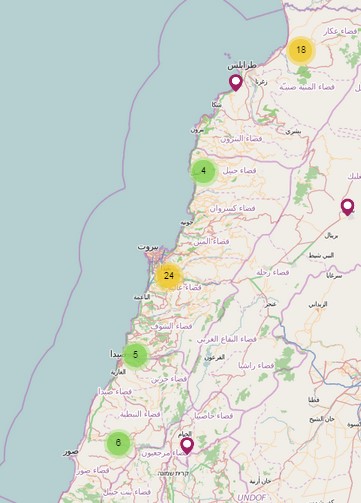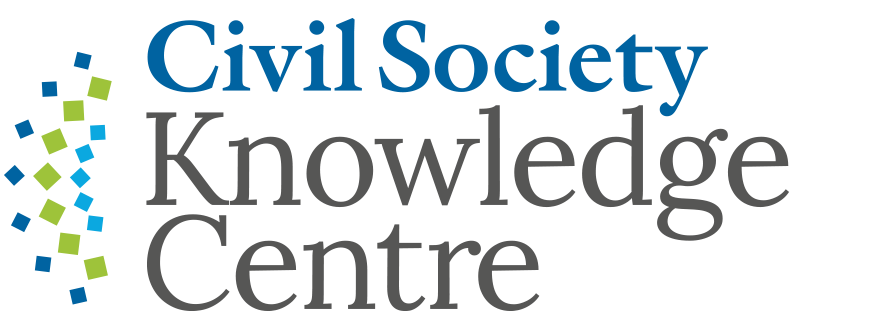Main observations on the mapping of violence against women
Almost a year ago, Lebanon Support (LS) and KAFA (enough) Violence & Exploitation (KAFA) started a collaboration within the framework of the “Gender Equity Information & Research Network” project, as part of Lebanon Support’s Civil Society Knowledge Center initiative (CSKC).
Since then, KAFA has been benefiting from the CSKC platform to improve the public’s access to documented cases of femicide (killing of women) and violence against women (VAW) in Lebanon. The first phase of the collaboration consisted in illustrating on the map, as accurately as possible, cases of femicide and VAW as reported by local media.
What the media reports on the map tell us:
In total, KAFA was able to document 62 reported cases of VAW between 2010 and 2015, with a noticeable increase during 2013 and 2014, the years in which the documentation process became more organized and more attention was brought to the subject as a result of massive campaigning for the law to protect women from family violence. It is worth noting that stories we know of but were not found in media outlets or on the internet were not added to the map.
Nearly half of the reported stories are related to cases of femicide committed by a member of the family. Needless to say, when violence escalates to murder it becomes harder to avoid covering the story in the media, especially in the past few years that witnessed an intensification of the awareness of the public towards the issue, and the awareness of journalists in particular, many of whom confirmed their serious commitment in shedding light and following up on cases of VAW.
Other reports on the map are related to stories of women who survived family violence and/or were interviewed by journalists in order to tell their stories and talk about the obstacles they were facing. Some reports covered incidents of rape and sexual assaults (See Aramoun and Nabatieh), and recently more stories on violence within relationships were highlighted in the media (violence committed by a boyfriend or fiancé; See Baalback and Aley). These stories also show how widespread the use of guns and other weapon is in Lebanon, and within intimate/family relationships. If guns were not used, many stories could have gone unnoticed.

A final comment worth mentioning constitutes a clear contradiction with common assumptions that there are specific geographical areas in which VAW incidents take place, and the underlying suppositions and perceptions which limit the question of VAW to certain areas, or religious communities, or lower social and economic class.
The map visibly proves that VAW is taking place in areas from the extreme North to the extreme South of the country, with the biggest concentration being in the capital Beirut. This can be attributed to the existence of wider media coverage in Beirut, concentrating more on the capital.
What’s next?
During the second phase, KAFA seeks to add up to the current data base figures and general information (variables) sourcing from its two listening and counseling centers that support women and girls victims of violence.
We believe that the media reports on VAW stories and the new data we plan on uploading will help keep this ongoing violence visible, support advocacy and awareness-raising efforts, and act as clear response to many false assumptions and women-silencing practices.

